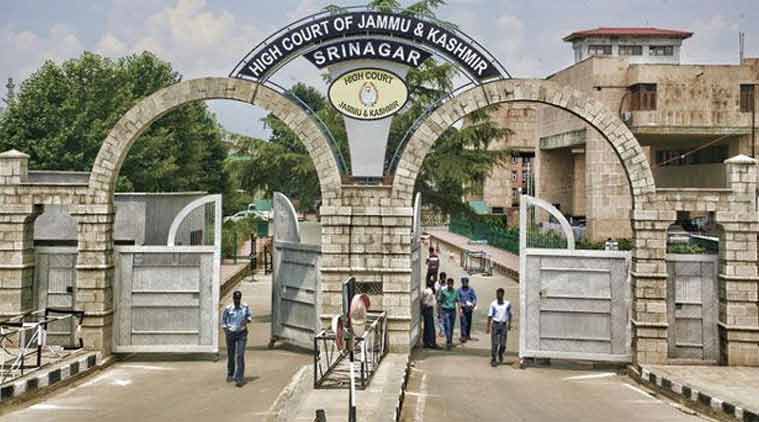
SOURCE: EXPRESS NEWS SERVICE
The Jammu and Kashmir High Court on Tuesday asked whether the “hopelessly fiscally deprived Union Territory” could afford to continue with the 147-year-old practice of the bi-annual movement of the ‘darbar’ between Jammu and Srinagar. A Bench of Chief Justice Gita Mittal and Justice Rajnesh Oswal listed several reasons why the practice of shifting the civil secretariat and other government offices between the two capitals of the erstwhile state should be discontinued.
The court did not, however, issue any direction to the government.“Can any Government afford the annual expenditure of at least Rs 200 crore (as disclosed and many more hundreds of crores of rupees of undisclosed costs) to sustain and perpetuate an arrangement of bi-annual shifting of its Capital two times a year, which originated in 1872 from the discomfort of the then Ruler of Jammu and Kashmir with the harshness of the winter in Kashmir?” the Bench asked.
“More so, is this acceptable in a hopelessly fiscally deprived UT with severe underdevelopment and people deprived of bare basics which are essential part of their fundamental right of life guaranteed under Article 21 of the Constitution of India?”
The question of the movement of the darbar came up during the hearing of two writ petitions, including one registered in public interest by the court, seeking directions to the governments at the Centre and in the UTs of Jammu & Kashmir and Ladakh, to take steps to evacuate all Indians including students stranded in Iran due to the COVID-19 pandemic.
Counsel for one Dr Zahoor Hussain Mir, out of whose representation to the Chief Justice the PIL had arisen, had on April 10 expressed concern over the advisability of the impending move to Srinagar of the administrative machinery, equipment, and thousands of government personnel in the middle of the pandemic.
Mir’s counsel Faisal Qadari, pointed out that the darbar move would put unbearable strain on the already-inadequate medical facilities in Kashmir, and endanger the lives of people. Mir’s daughter is a student of medicine at Tehran University.
Referring to information provided by various departments of the UT government, and after hearing the Additional Advocate General for the UT government, counsel for the petitioners, and the amicus curiae appointed by the court, the Bench observed that the UT government’s order, issued on April 17, postponing the formal opening of the darbar in Srinagar from May 4 to June 15, reflected the apprehensions expressed before it.
“The COVID-19 crisis and the impending darbar move thus, admittedly raised valid concerns, about the adverse impact of the move on the efforts of the authorities for containment of the COVID-19 infection which were underway in Srinagar, which required examination,’’ the Bench said.
“Counsels have contended that entire issue of the darbar move is still pending’’, the court said, as “it has merely been postponed’’. The question “requires an all-round closer scrutiny from the impact on the constitutional entitlements of the people of Jammu and Kashmir; its efficacy; the basis of this move if implemented, would have had a material impact on the COVID-19 control efforts’’, it said.
https://defencenewsofindia.com/is-costly-darbar-move-between-jammu-and-srinagar-still-acceptable/






